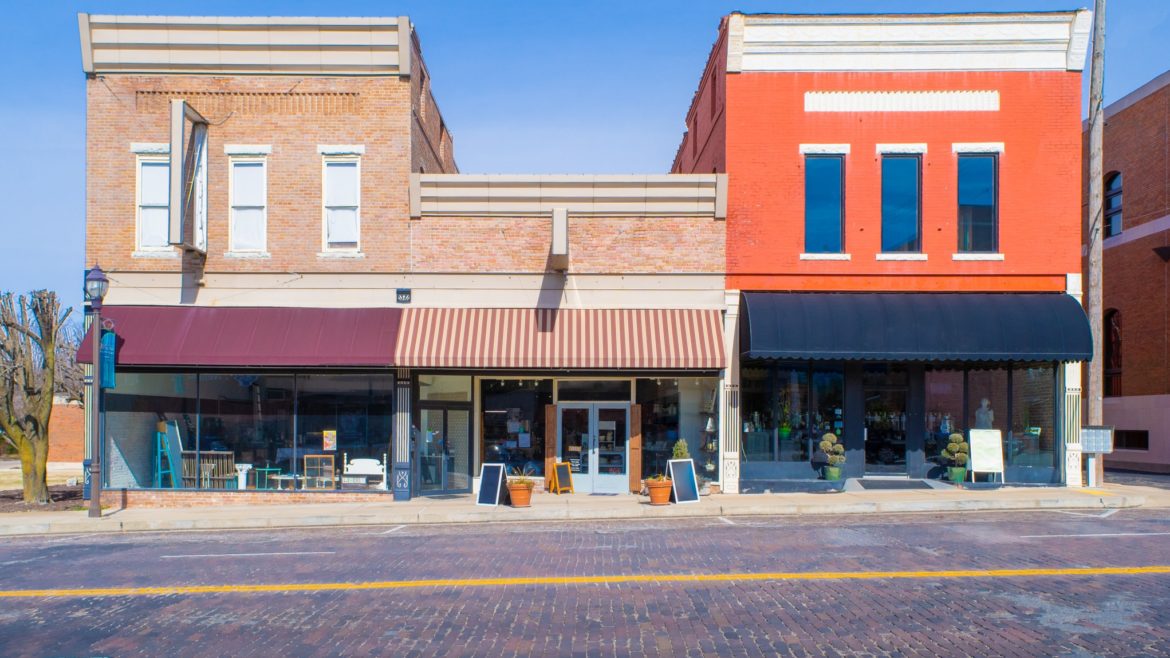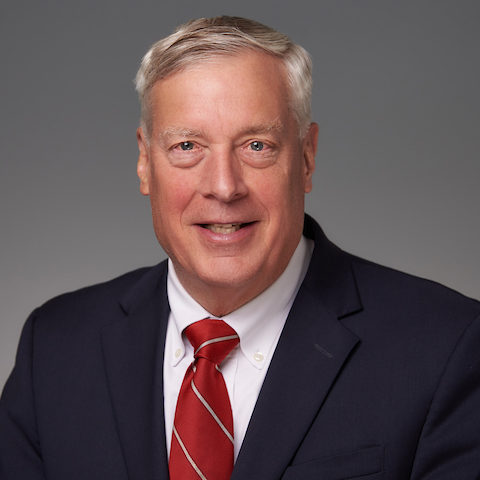In 1973 a critic of mainstream economic thought was published in Small is Beautiful: A Study of Economics As If People Mattered by E. F. Schumacher.
The author espoused a principle that small, appropriate technologies, policies, and policies were a superior alternative to the accepted ethos of “bigger is better.”
His thesis is the exact opposite of the forces driving market capitalism. In a competitive economy, firms strive for market dominance to achieve monopolistic-like power to better control the organization’s financial outcomes.
Schumacher advocated for a “persons-first” or humanistic economics as opposed to contemporary theories which emphasized institutional financial success over human well-being—sometimes caricatured as trickle-down economics.
In the same decade of the 1970s, active credit union charters reached a peak of nearly 22,000. Some saw credit unions as an example of the book’s relevance.
While the author’s critique may have been on point, I believe his alternative approach was insufficient. For the antidote to overpowering corporate influence is not small, but local.
What local enables: growing big by staying small
Local does not necessarily mean small. One of the geniuses of the business model developed by the $50 billion asset State Employees Credit Union North Carolina (SECU) was the ability to grow to become the second largest credit union by staying local, that is acting small.
This “local” strategy required providing authority and responsibility for the credit union’s operations all the way down to each branch. Loan decisions, collections, and business priorities were set at the branch level. Each branch’s connections to their communities were enabled through dozens of local advisory boards, member loan reviews, and engaged local community relationships.
Each branch operated as a “small” credit union enabled by central funding and resources including back office transaction and delivery system support, and an ATM network and call center. The result was 85 years of continuous growth creating an employee culture based on “doing the right thing” for the members.
This approach continues in other credit unions. In an article on economic empowerment in a new area, Golden 1 Credit Union’s Erica Taylor, VP for Community Relations, summarized their approach in a disadvantaged community as hyper-local and multipronged:
If all goes well—and the concentrated, hyperlocal investment works in Del Paso Heights—Golden 1 hopes to partner with other communities to replicate the initiative throughout the state.
“One of the biggest lessons learned is there is no one-size-fits-all solution,” Taylor says. “Each neighborhood, state, or municipality is going to have unique needs. It’s important to start by asking what those needs are and listening.”
Branch expansions continue
I believe this advantage is also reflected in the continuing expansion of credit union branches. As reported yesterday in a review of midyear data: “A CU Times analysis of NCUA data released Sept. 7 shows the nation’s 4,780 credit unions…had 21,835 locations as of June 30, having added 53 since March.”
Another number from the article: The average credit union branch in June served 6,370 members, up from 6,335 in March and 5,828 in December 2019.
Presence matters. Branches are still the major investment for demonstrating a credit union’s relevance for members in a community.
The decline of local institutions
It is often difficult for small organizations to survive alone, without the support of external expertise. Especially in a community or section of a city that is economically stagnant.
When one looks at long-serving organizations that continue to thrive locally such as the Boy/Girl Scouts, college sororities/fraternities, the PTA, national food franchises, the Catholic church, and many other successful institutions, the formula is local leadership and centralized common support.
The following excerpt is from an interim pastor whose responsibility was to close a local church that could no longer sustain itself. In this summary event, he laments the loss of this “local” presence:
It is hard to imagine another place where this particular group of people would have gathered together for a common purpose. Eugene Peterson reminds us in his book Subversive Spirituality:
“The work of salvation is always local. Geography is as much a part of the gospel as theology. The creation of land and water, star and planet, tree and mountain, grass and flower provides ground and environment for the blessings of providence and the mysteries of salvation … nothing spiritual in our scripture is served up apart from material … this street, these trees, this humidity, these houses. Without reverence for the locale, obedience floats on the clouds of abstraction.”
Imagine being told you can no longer go to a place that you returned to every day for decades, a place you returned to not because you had to, but because it was where you wanted to be. But now it is going to be closed, sold, and, depending on the buyer, it might be torn down and turned into an apartment complex or a storage facility.
This is the same loss that occurs when a credit union merges. Leadership and focus move away from long-standing community ties. It is an economic, emotional, and existential loss for members and their community.
A current interpretation of Schumacher’s “humanistic economics” is George Hofheimer. He worked for Filene and CUES for decades and is now an industry consultant. He wrote Banking on a Human Scale to describe how credit unions build relationships, implementing the advantage of local solutions.
His thesis: “In a world dominated by scale and technology, smaller community-based credit unions and banks have the chance to serve more people and serve them better by making banking more human.”
SECU turned the widely practiced financial growth model in financial services into a centralized, top-down command and control on its head. It grew by staying local in focus, execution, and relevance.
It implemented the oldest rule of political success which is “all politics is local.” This reality is how people see the impact of their representative’s decisions on their lives, jobs, and communities. Are they in touch or a remote elite?
Credit unions, as democratically designed, have this same political capacity which when enabled, no competitor can match. Have you ever tried to oppose a Capital One branch closing for example?
The founder and current CEO of Nvidia, the fastest-growing technology stock this year, has a philosophy described by one employee: “He is big on staying as small as possible while still doing big things. “
For credit unions, I would insert the word “local” for small. Member-owners can see how their money is being used and feel their participation matters. SECU’s experience shows how powerful it is to be large and local at the same time. Scale, branding, and technology cannot defeat the entrenched advantages of community pride and loyalty.
























































